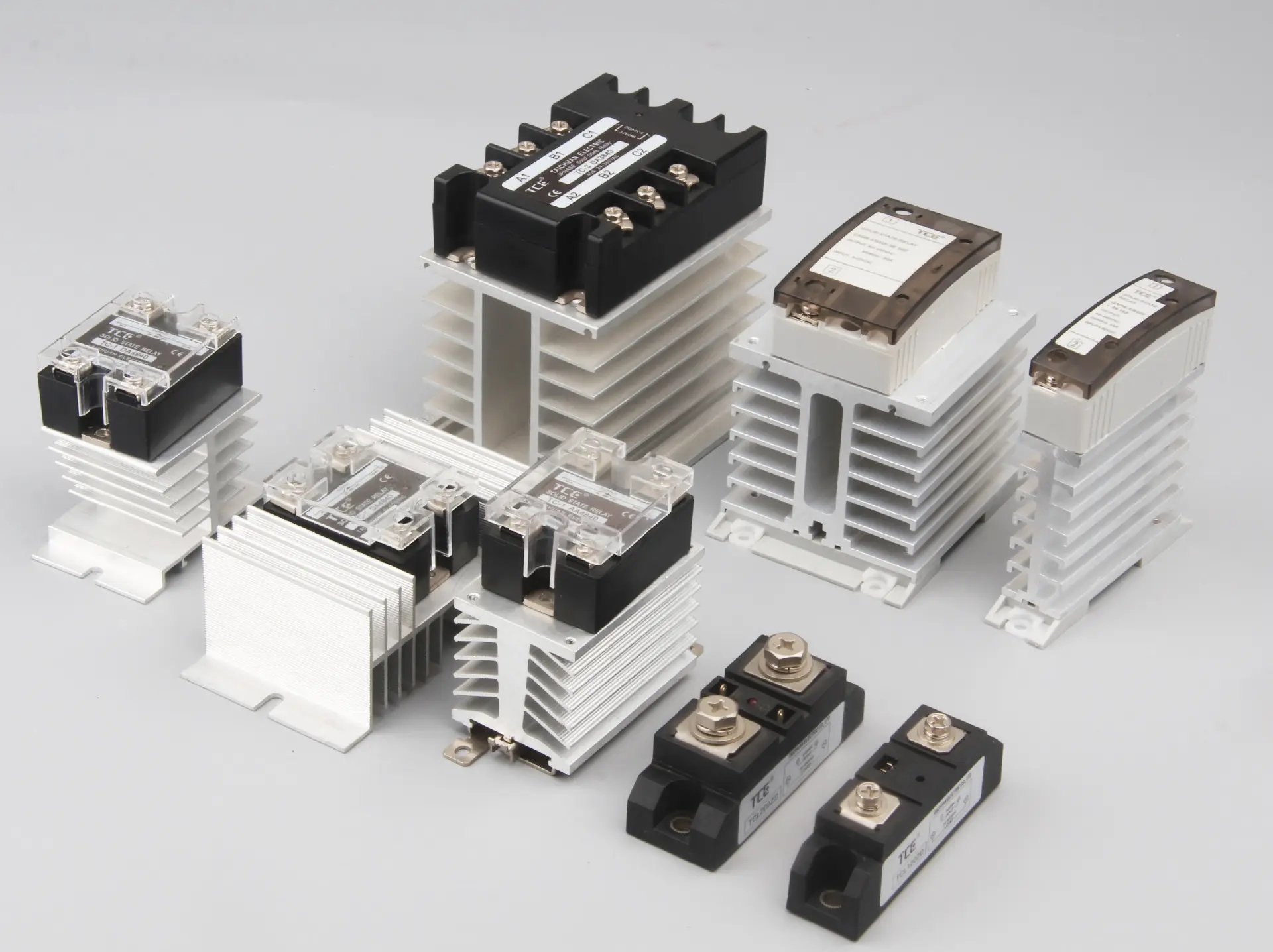Welcome to Shanghai Xuanpu Electronic Technology Co., Ltd!
- Site Map
- Contact Us
- Follow WeChat

-
 简体中文
简体中文
Welcome to Shanghai Xuanpu Electronic Technology Co., Ltd!

 简体中文
简体中文
Hotline
+86-21-34291916Solid State Relay (SSR) is a semiconductor device used to replace traditional electromagnetic relays, with advantages such as fast response, long lifespan, and no noise. However, when using solid-state relays, the following precautions should also be taken:
Rated current and voltage: Ensure that the selected solid-state relay has sufficient rated current and voltage to meet application requirements. Do not exceed its rated value to avoid damaging the relay or causing malfunctions.
Heat dissipation: Solid state relays generate a certain amount of heat during operation, especially under high load conditions. Please ensure that the relay is installed in a well ventilated area and provide sufficient heat dissipation measures to prevent overheating.
Relay type: Ensure the selection of the correct type of solid-state relay, which includes alternating current (AC) and direct current (DC) relays according to application requirements.
Contact protection: Solid state relays do not have physical contacts, but attention still needs to be paid to protecting the output part. For example, for inductive loads such as switch motors, it may be necessary to add absorption circuits to prevent voltage spikes and inrush currents.
Anti interference capability: High frequency noise and electromagnetic interference may affect the performance of solid-state relays. Appropriate anti-interference measures should be taken in environments that may be subject to interference.
Usage environment: Ensure that the solid-state relay is used within its allowable operating temperature range and avoid exposure to humid, corrosive, or harmful gases.
Input driver: Ensure the correct driving current and voltage are provided for the control of the input terminal. Especially for direct current (SSR) relays, it is necessary to provide stable voltage within the rated driving range.
Electrostatic protection: When handling solid-state relays, take electrostatic protection measures to prevent electrostatic discharge from damaging sensitive semiconductor components.
Voltage drop: There is a certain voltage drop at the output terminal of a solid-state relay, which means that the output voltage may be slightly lower than the input voltage. In applications that require precise control of output voltage, this needs to be considered.
Note that the driving current disappears: Once the input control signal disappears, the solid-state relay will immediately shut down. Therefore, special attention should be paid when there is a momentary switch state change in the control signal.

Please note that the specific use and precautions of solid-state relays may vary by manufacturer and model, so it is important to read the product specifications and user manual carefully before use. If there are special application requirements, it is recommended to consult professional electronic engineers or manufacturers for technical support.
Copyright © 2023-2025 Shanghai Xuanpu Electronic Technology Co., Ltd. All rights reserved 备案号:沪ICP备19025686号-1